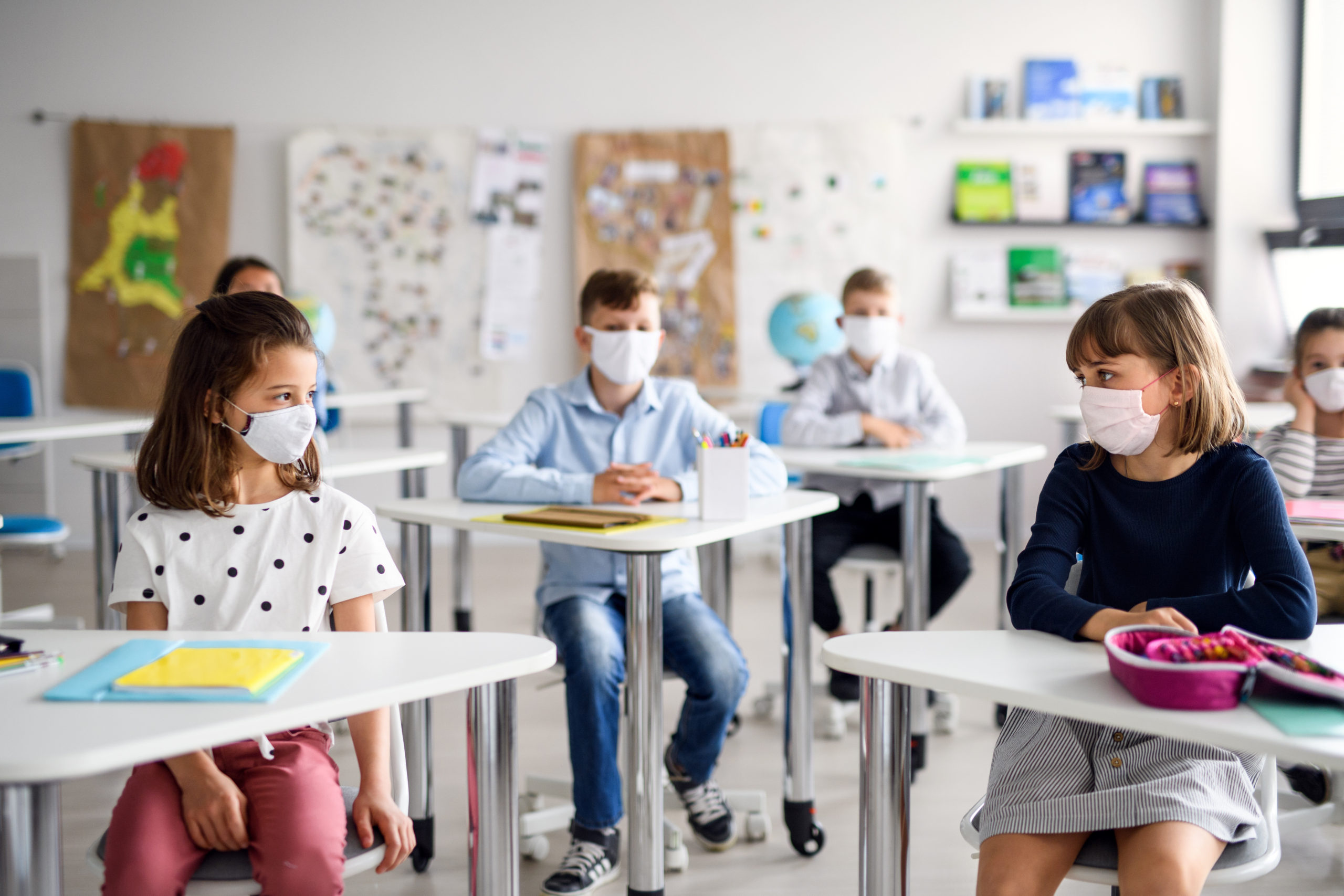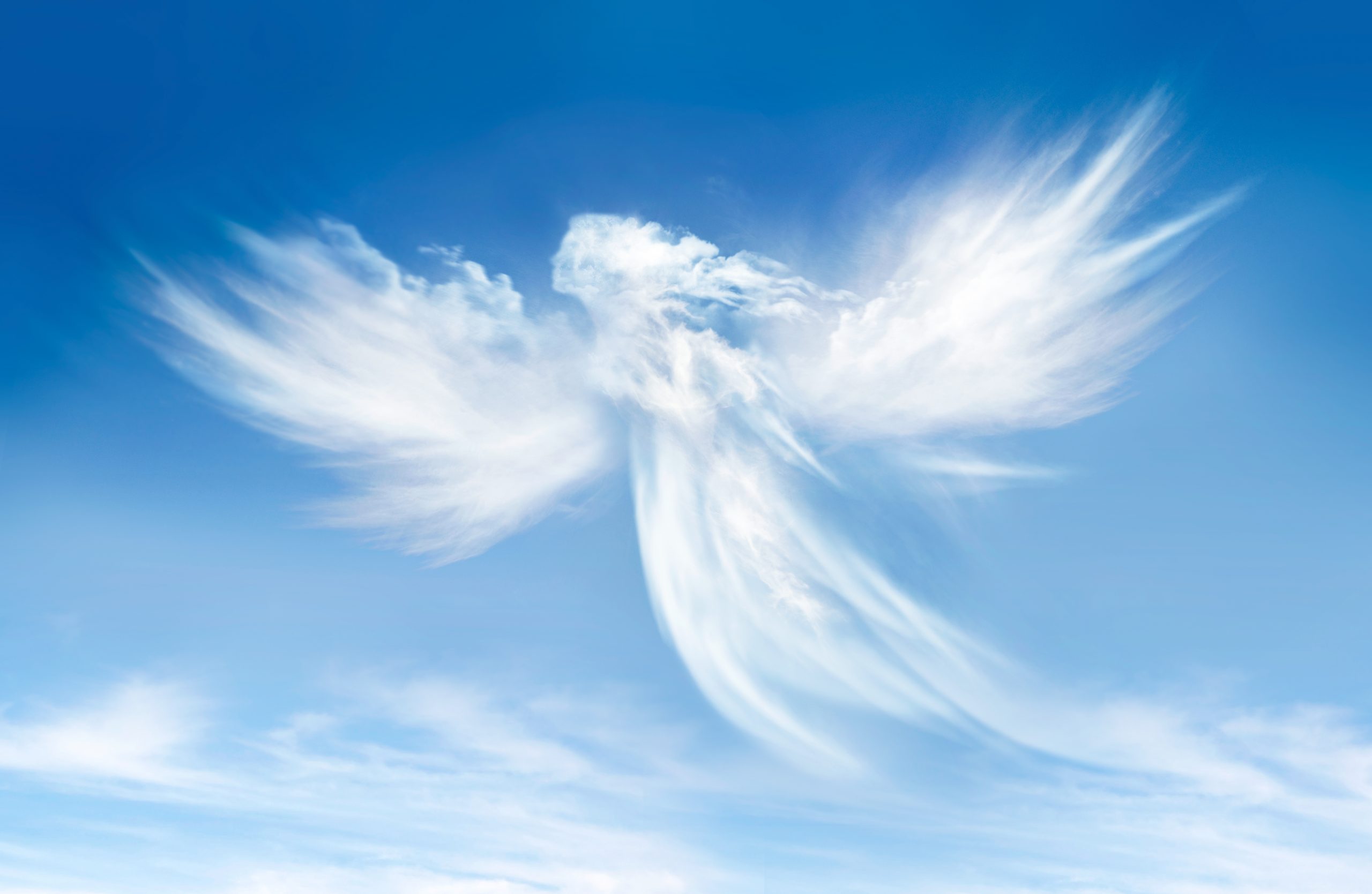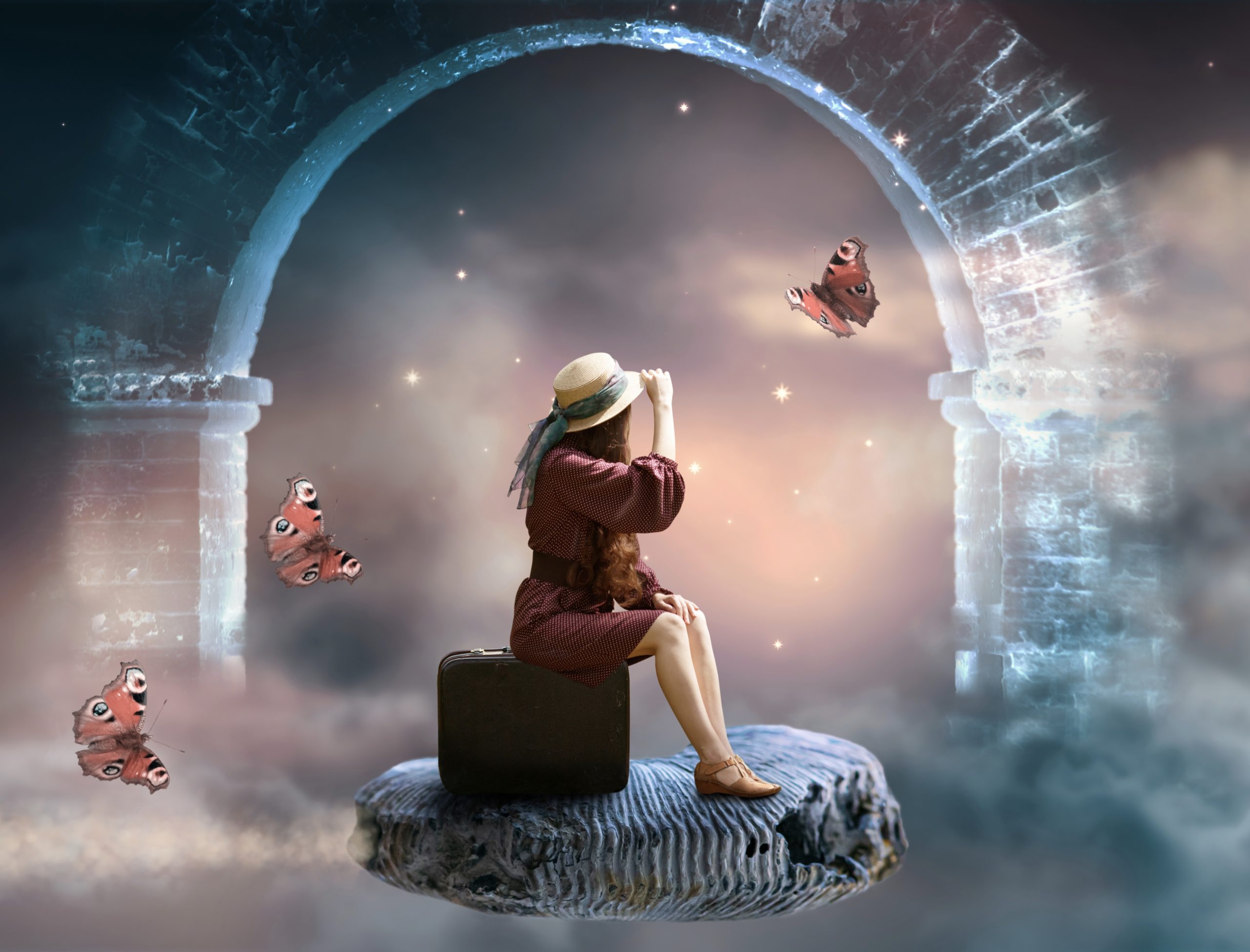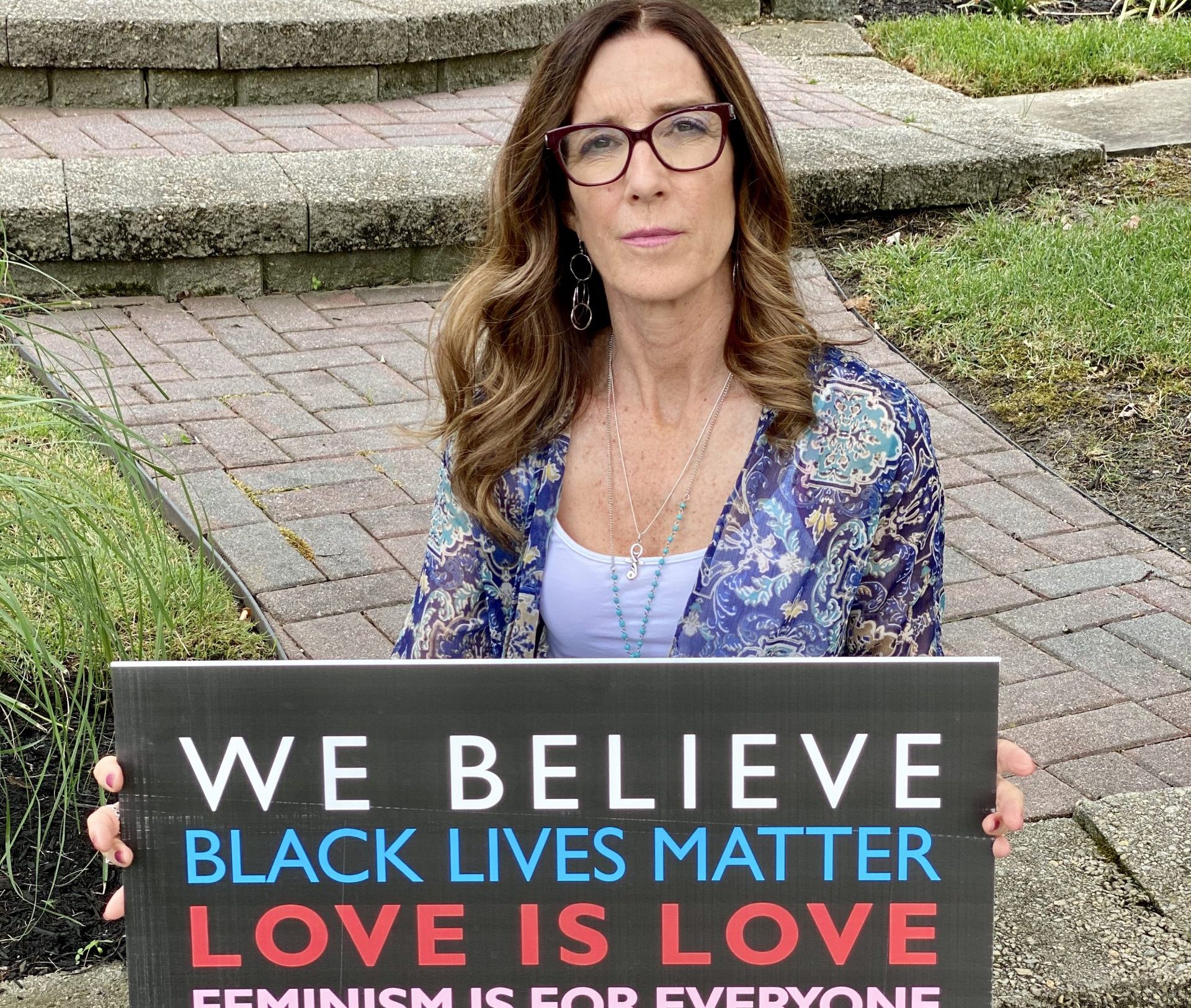My New Website: A Work of HeArt

I feel like I birthed a baby, nurtured her as she grew, and sent her off to college.
Okay, it may seem a bit much to compare the creation of my new website with the miracle of parenting. Forgive me. I’m still a little sleep deprived. But I’ve learned that both experiences lead you on a wild ride. I do know my heart is so full of gratitude, love, and a sense of wonder about possibilities I can not quite see.
This was my fourth attempt at creating a new website.
The first three ended in the proverbial brick wall. After banging my head against that damn wall for a while, I admitted I couldn’t do it. And I laid the project down. Disappointed again in my lack of ability to see through the seed of an idea and the nudging of my Soul. Too busy with life and too stymied by my own limitations, I let the project go.
Over time, I felt a cringe each time I went on my website.
So I avoided it as much as possible. I orphaned my own creation rather than seek the source of my perceived limitation. Now again, I’ll skip the drama. Truth be told, I didn’t suffer that much. After all, when you avoid a pain point, you can effectively dodge the discomfort. You know this, I’m sure. And you also know that regardless of your avoidance, when your Soul has an idea for your life it will persistently return your focus to that idea. Until you follow it in your own time. In your own way.
Apparently, I’ve grown up a bit. So I could partner with my Soul instead of hide.
Through all these years of Soulful exploration, meaningful work, and personal transformation, I’ve followed the path that lights up before me. Sometimes I skipped or ran forward. Other times, I walked slowly and took a lot of breaks. Many times, I stepped off the path entirely only to learn that wasn’t actually a thing. Well, it is a “mind thing.” Another dramatic idea of how well or not so well you are living. And it seems to be amplified for the spiritual seeker (but, you already know that mind game). Laying down this mind thing, I realized something.
Your whole life is the Path. So is every acceptance or avoidance.

Through the years, I’ve been clear on what I wanted to offer you. My work reflects that intent, regardless of the state of my website. My heart reflects that intent. When I remembered this truth, the brick wall disappeared. I knew what I wanted to create, just not how to translate it on the web. And I was ready to find those capable of translating my Soul’s guidance and heartfelt intent into a new form.
When I’m ready to partner with my Soul, I’m all in. No matter what.
You’ll see what I mean when you read some of my stories on my site. And understand that I created a website that is true to my Soul’s intent to create beauty, empower women to awaken their potential, offer rich resources to enhance your life, and serve from my WholeHeart. I hope you feel that when you visit.
I hope you feel the Love that flows through this intent to your heart.
I’ve created some rich resources for you. Free. Empowering. Practical. In fact, my whole site is full of embedded insights in my pages and blogs. The free offerings are intended to empower you to develop skills so you may navigate life effectively and with greater ease.
Download my free Self Soothe Strategy.
This 60+ page PlayBook helps you understand how to transform Stress to Calm. The accompanying meditation guides you in a daily practice so you may optimize your body, mind, and energy. I’m kinda in love with that PlayBook. You’ll see why.
Download my free Light Globe meditation.
Creating a coherent energy field is essential to wellbeing. This daily practice will teach you how to harmonize your energy and align with the light of your Soul. Use it anytime you seek to strengthen your field and gain greater clarity in your day.
Angelic Reminders have a new look, too.
These lovely little nuggets arrive weekly via email. Offering you some Angelic suggestions about how to connect, play, and live the intuitive path.
You may have to seek and find these offerings.
That’s the fun of it. Be curious. Follow through. I’d be interested in hearing how these practices enhance your life. Try them out and let me know. Deep thanks for being with me on this Journey. My heart is full.
Next week, I’ll share 8 (really valuable) lessons I learned along this lengthy creative endeavor.
You won’t have to create a new website to benefit from these insights. Just apply them to whatever you’re doing these dayst
Peace be with you and with all. No exceptions.


HeartWarming
News
Ready to boost your confidence before that meeting? Grab your art supplies (or borrow them from your kid) and let your creativity flow. A study at Drexel University explored how a variety of creative activities would effect self-confidence in adults. Working with collage, modeling clay, and markers, participants were encouraged to create art. Free style. 73% reported an increase in feelings of self-efficacy after only 45 minutes. Just imagine the potential benefits if businesses included art breaks for employees. Why not implement your own 45 minute creative experiment at work or home?









